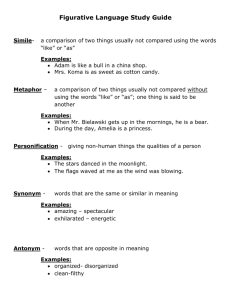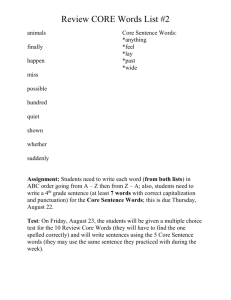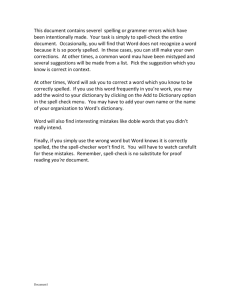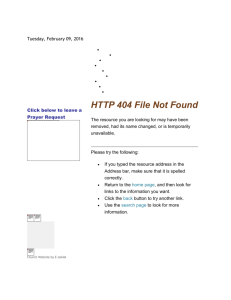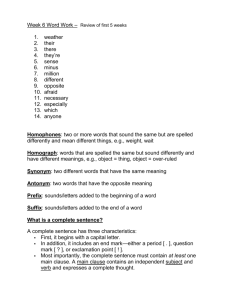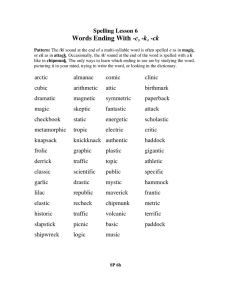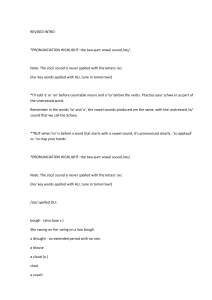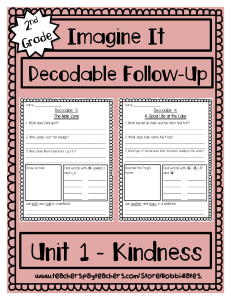Interventions for Writing
advertisement
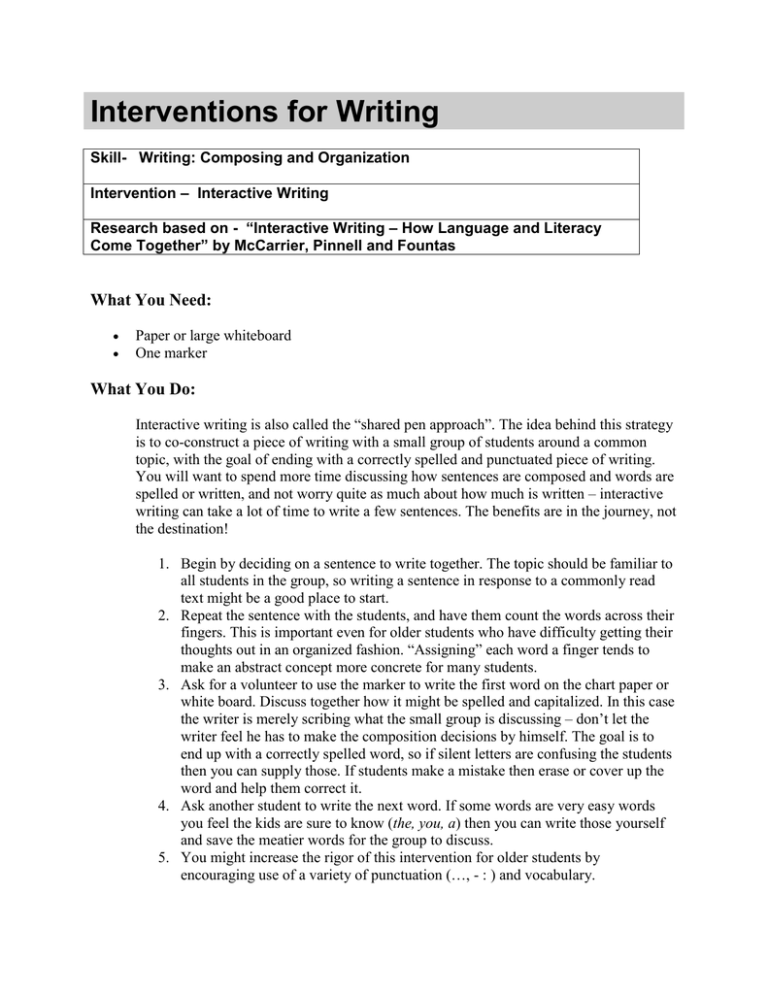
Interventions for Writing Skill- Writing: Composing and Organization Intervention – Interactive Writing Research based on - “Interactive Writing – How Language and Literacy Come Together” by McCarrier, Pinnell and Fountas What You Need: Paper or large whiteboard One marker What You Do: Interactive writing is also called the “shared pen approach”. The idea behind this strategy is to co-construct a piece of writing with a small group of students around a common topic, with the goal of ending with a correctly spelled and punctuated piece of writing. You will want to spend more time discussing how sentences are composed and words are spelled or written, and not worry quite as much about how much is written – interactive writing can take a lot of time to write a few sentences. The benefits are in the journey, not the destination! 1. Begin by deciding on a sentence to write together. The topic should be familiar to all students in the group, so writing a sentence in response to a commonly read text might be a good place to start. 2. Repeat the sentence with the students, and have them count the words across their fingers. This is important even for older students who have difficulty getting their thoughts out in an organized fashion. “Assigning” each word a finger tends to make an abstract concept more concrete for many students. 3. Ask for a volunteer to use the marker to write the first word on the chart paper or white board. Discuss together how it might be spelled and capitalized. In this case the writer is merely scribing what the small group is discussing – don’t let the writer feel he has to make the composition decisions by himself. The goal is to end up with a correctly spelled word, so if silent letters are confusing the students then you can supply those. If students make a mistake then erase or cover up the word and help them correct it. 4. Ask another student to write the next word. If some words are very easy words you feel the kids are sure to know (the, you, a) then you can write those yourself and save the meatier words for the group to discuss. 5. You might increase the rigor of this intervention for older students by encouraging use of a variety of punctuation (…, - : ) and vocabulary. 6. Encourage students to use resources around the room as they work to spell words. If they realize that “metamorphic” is in a certain book they’ve read, allow them to use that book to spell from. These are the types of behaviors we want them to exhibit with their own writing. 7. Periodically have the students reread the sentence while they’re working on completing it. This can help them develop fluency with reading and also mimics meaning-making behaviors that proficient writers use when composing a sentence. 8. Occasionally you might try giving each student their own white board to write the group sentence on simultaneously. Technically this is no longer called interactive writing because they are not sharing the pen, but it can be a good way to encourage independent strategies.
